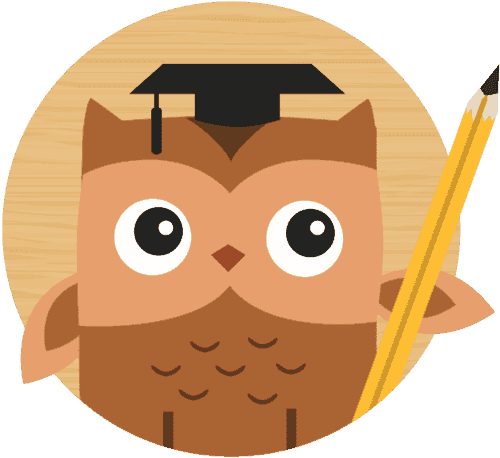Does your child struggle in school? Do they face problems when they read out loud, write an essay, or tackle a math problem? While any child may have trouble doing their homework, reading and other related tasks from time to time, it does not mean the child has a learning disability. However, there are many children that do face serious problems with learning.
Many parents of young children with learning disabilities want to have access to tools that cater to their kid’s unique learning needs. First, you need to understand your child’s learning difficulties and to consider how those difficulties can impact self-help skills, education, communication, behavioral aspects, and focus. Once you understand that you can aim to help them overcome their disabilities by leveraging solutions that fit their unique learning needs best.
In general, many kids with learning disabilities are intelligent. There often appears to be a gap between an individual’s potential and their performance. Even with positive stimulation and encouragement, children with learning disabilities find difficulties with routine activities like reading, writing, and communication. To get you started, here are the some learning disabilities and the signs to look out for:
1. Dyslexia:
If your child has difficulties understanding the connection between a recognized work and its spelling and with letters and sounds, then Dyslexia might be the reason. Common signs of people with this learning disability includes:
● Issues understanding what others are saying
● Problems organizing both written and spoken language
● Trouble learning other languages
● Difficulty in recalling numbers in a sequence
● Delayed ability to speak and poor expression
● Poor reading and spelling
2. Dysgraphia
Dysgraphia is a learning disability that affects handwriting and fine motor skills. It interferes with spelling, word spacing, and the general ability to put thoughts on paper. General signs related to this include:
● Issues with grammar
● Saying the words out loud at the same time they are writing
● Writing and drawing may be strongly disliked
● Difficulty with writing down their own ideas
● Inability to finish a work or omitting a word completely in a sentence.
3. Dyscalculia
Poor comprehension of math problems and issues memorizing and organizing numbers are very common with Dyscalculia. Children can also have difficulty telling time, counting, and basic addition/subtraction. Common signs include:
● Trouble understanding math related word problems
● Difficulties in completing a cash transaction that involves change
● Sloppiness in putting math problems on paper
● Verbally describing a math process may be very difficult
● Issues understanding the time sequence of events
4. Dyspraxia
Individuals with dyspraxia have difficulties planning and completing both simple and complex motor tasks. This can be anything from easy motor movements such as waving goodbye, to more complicated ones like sequencing steps to brush one’s teeth. The symptoms include:
● Problems organizing both oneself as well as one’s things
● A tendency to break things
● Problems with tasks that require hand-eye coordination, such as completing a puzzle, cutting something accurately, and coloring within the lines
● A general lack of balance
● Sensitivity to both touch and loud and/or repetitive noises
According to the statistics compiled by NCLD, 1 in 5 children in the U.S. have learning and attention issues. Constant research is proving that we can help children with learning disabilities to “learn how to learn.” With a little work, we can put these children into a position where they can compete and hold their own. With encouragement and the right support aligned with the right technology, you can improve your child’s learning behavior. Nowadays, technology has a greater impact on shaping the intellectual aspects of kids with learning disabilities by offering them many different ways to comprehend and understand.
The right technology for students with learning disabilities:
Technology plays an important role with regards to helping the education system break down the traditional methods that do not cater to the learning needs of kids today. Parents can leverage this technology to help their kids with learning disabilities. They can capitalize on their child’s strengths while diminishing their disabilities. For example, there are some great educational apps which can have a huge impact on any child’s learning especially those with disabilities. Finding the right app is very important because different apps are targeted at different learning needs and styles, and matching the app to the student is crucial.
You can also find an app like WhizRead which is a personalized, interactive multisensory reading companion developed to engage any type of reader, especially those with learning disabilities. Depending on what helps and what does not, you can choose from multiple options for teaching all within one app. There are so many technological tools out there for parents, teachers, and students to help them learn no matter what their disability is.

